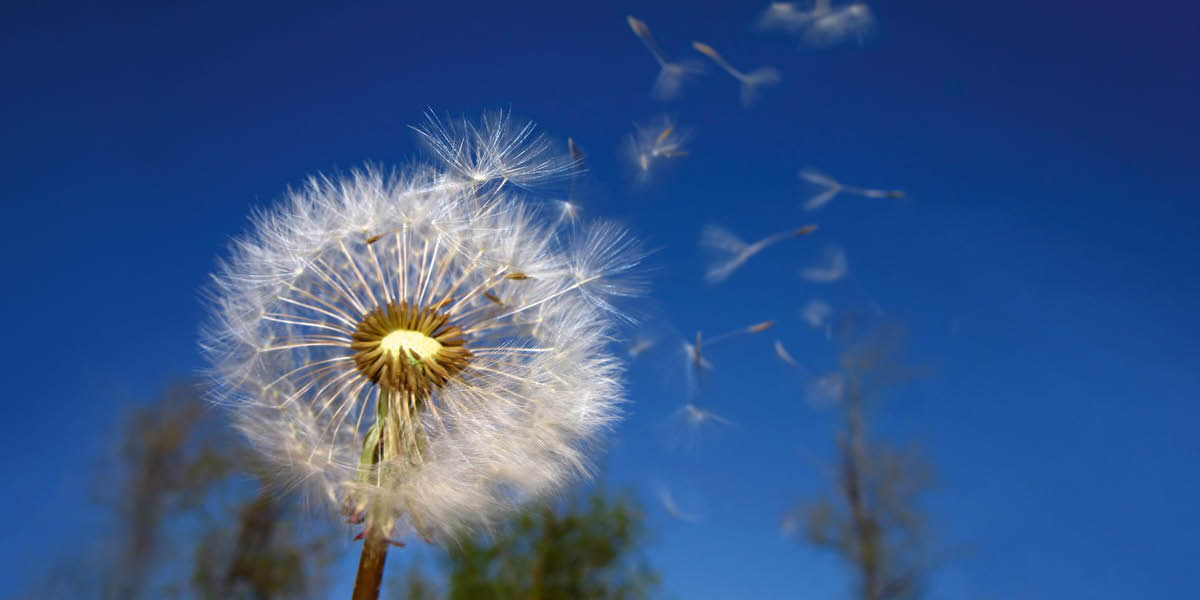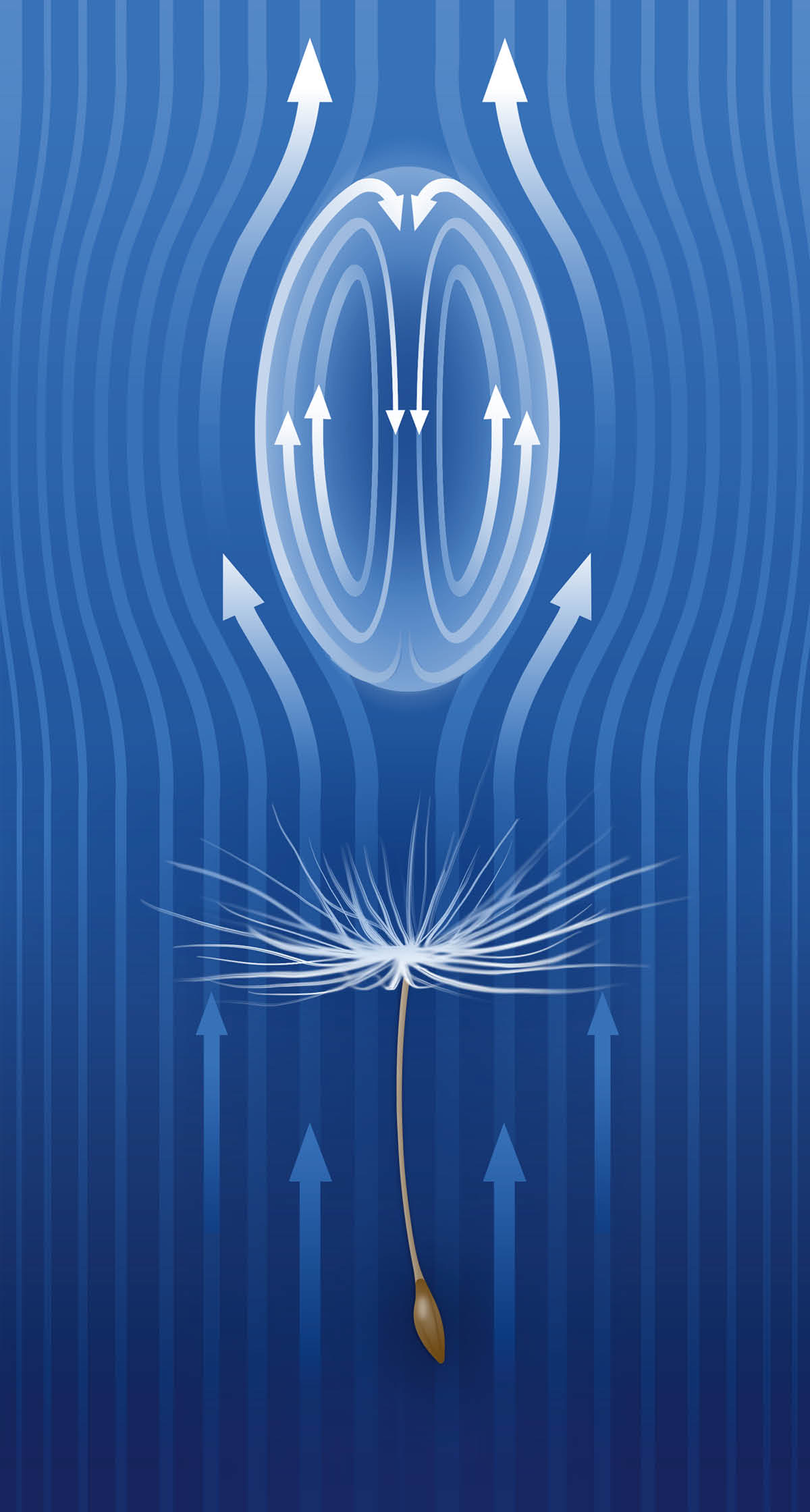The content displayed below is for educational and archival purposes only.
Unless stated otherwise, content is © Watch Tower Bible and Tract Society of Pennsylvania
You may be able to find the original on wol.jw.org

E+/IvanJekic via Getty Images
WAS IT DESIGNED?
The Flight of the Dandelion Seed
Dandelion seeds are among nature’s best fliers. When the wind blows through a dandelion head, dozens of tiny seeds become airborne, behaving like mini parachutes. Despite becoming airborne near the ground, some may float with the breeze for a kilometer (0.6 mi) or more. What enables them to stay aloft so long? They employ a newly discovered form of flight that is four times more efficient than that of a conventional parachute and is also more stable.
Consider: Each seed is suspended on a stem that is attached to a plume of fine, hairlike bristles, called the pappus. By acting as a kind of parachute, the pappus creates drag that helps the seed to stay aloft.

Some researchers suggest that a circular flow of air, or vortex, further slows the seed’s fall
But more is involved than the drag directly caused by the bristles of the pappus. As air travels around and through the head of bristles, a ring-shaped vortex, or eddy, forms in the air above. The circular flow of air within the vortex forms an area of low pressure, which pulls upward on the pappus, further slowing its descent.
In effect, the well-arranged bristles enable the pappus to function like a permeable parachute, but one that is more efficient and stable. What is more, the pappus is 90 percent empty space! So it uses very little material.
Scientists are exploring ways to duplicate the flight of the dandelion seed. Possible applications include tiny drones that require little or no additional power, thus minimizing energy use. Such drones could have a variety of uses, including the monitoring of air pollution.
See dandelion seeds in flight
What do you think? Did the dandelion seed’s highly efficient form of flight evolve? Or was it designed?